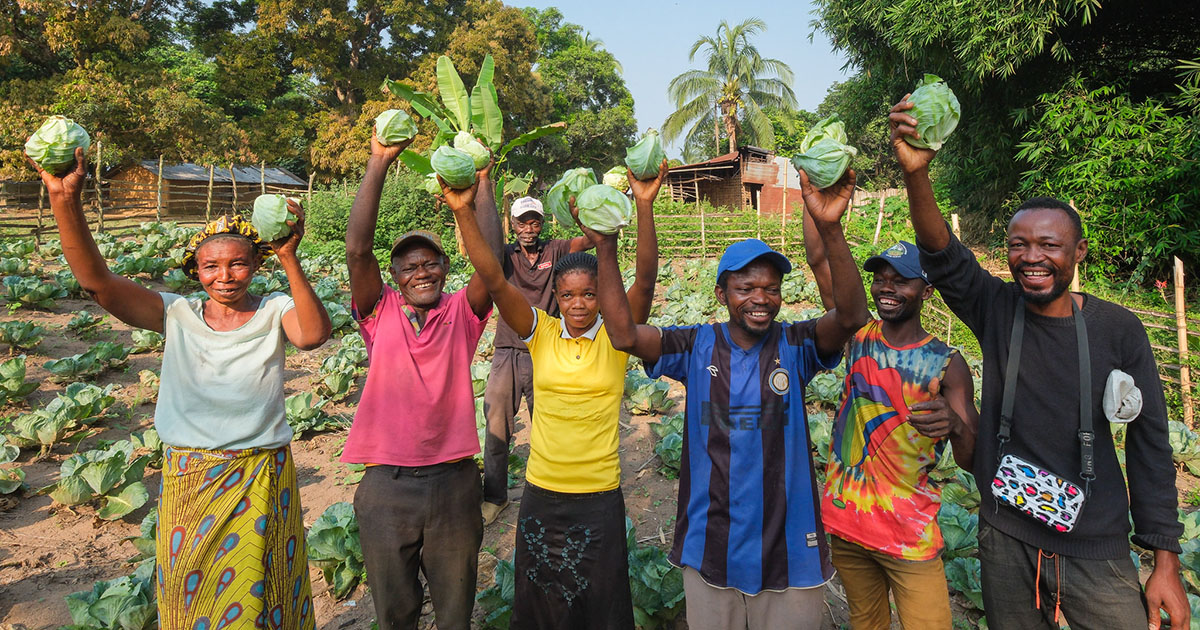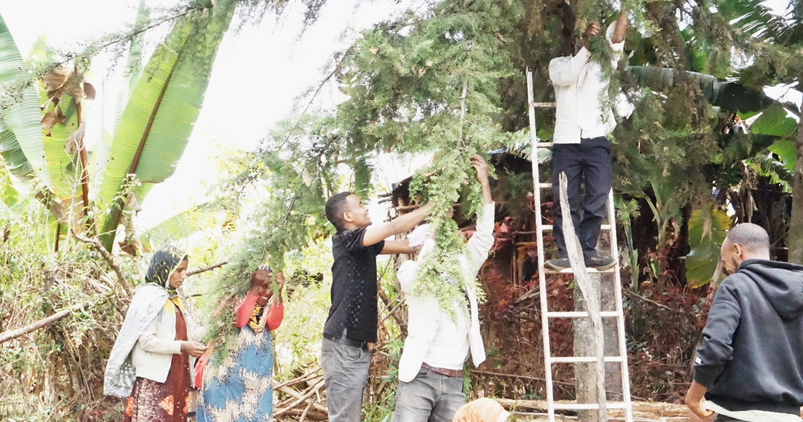Many studies have stressed the importance of trees to rural households. Few, however, have focused on actual numbers and densities of trees in different land-use systems. Based on community-level participatory research in six communities, semi-structured household interviews and full-farm fruit tree inventories, this study aims to understand farmers’ tree-planting strategies. Relationships between the diversity, number and density of fruit trees and farm size, land-use system, land tenure, distance from the homestead, proximity to the forest, market access and household characteristics are investigated. The key factors determining the differences in tree-growing strategies between communities appear to be market access, land use and access to forest resources. Within communities, differences between individual households were less easy to explain but tenure was important as was farm size. Smaller farms had higher fruit tree densities, a relationship that was particularly strong in communities with good market access. Overall there was a great deal of variability both within and between communities and many of the factors affecting tree-planting decisions were found to be highly inter-related. Despite this complexity, trees on farm play an important role in rural household's livelihoods. Therefore, expansion of tree cultivation should be recognized as a promising pathway to achieve increased income and food production by policy makers and extensionists alike. In addition to improved tree propagation and management techniques, farmers should be strengthened in the processing and marketing of agroforestry tree products and more emphasis should be placed on the development of tree enterprises. By doing so, farmers will be able to earn a more important and consistent income from fruit trees, contributing to the Millennium Development Goals.
DOI:
https://doi.org/10.1007/s10457-005-2649-0
Dimensions Citation Count:






















